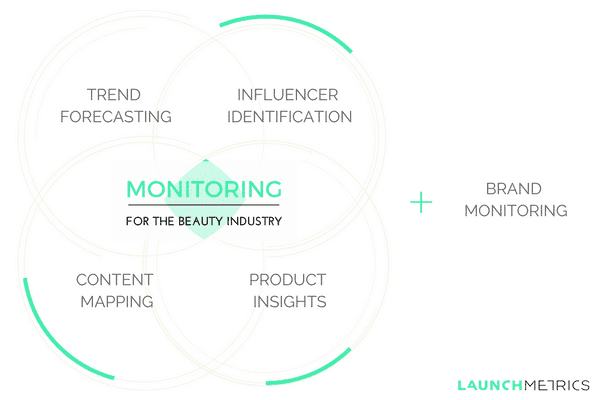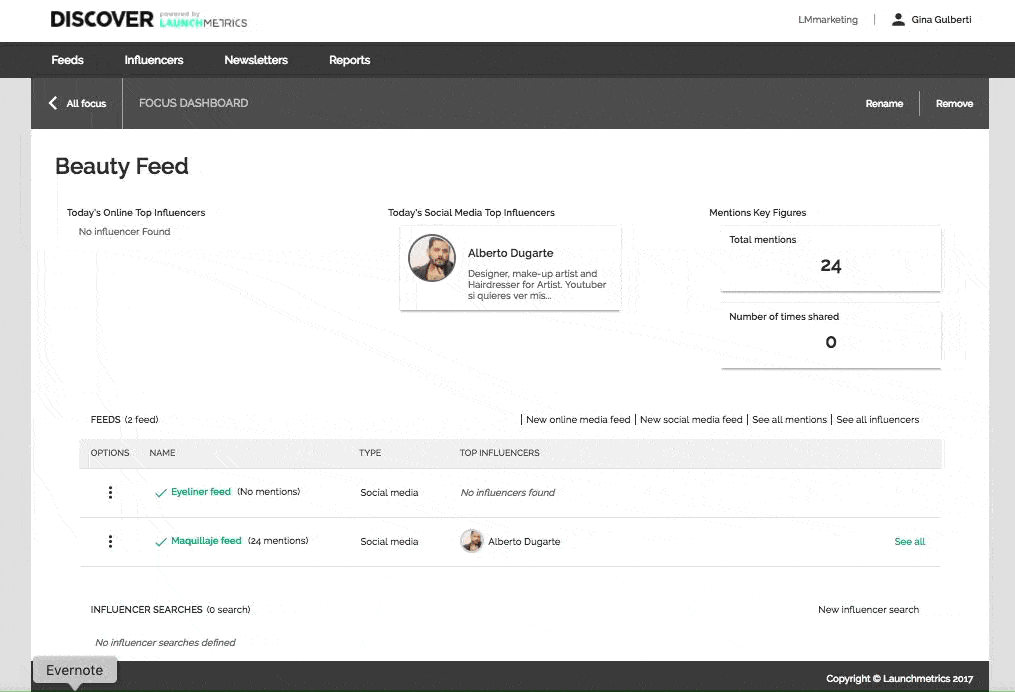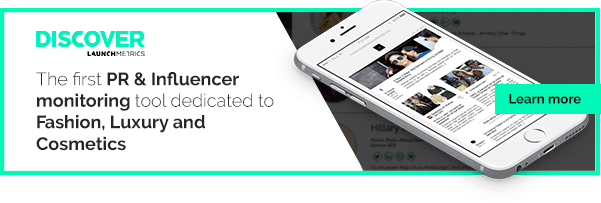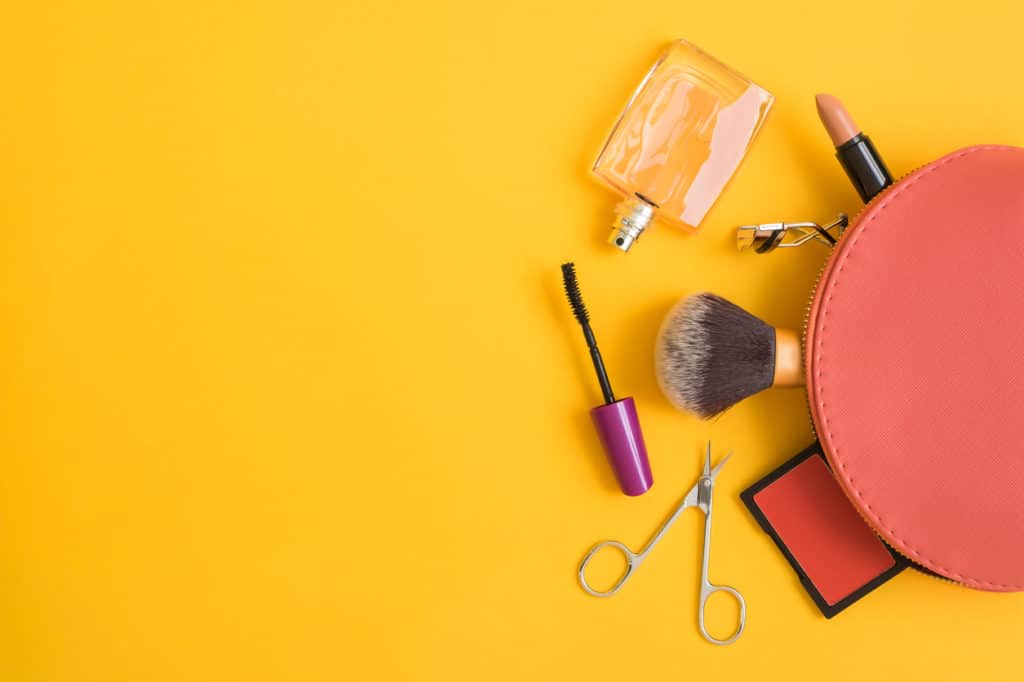The beauty and cosmetics industry has undergone the most dramatic change than any other industry with the increase in Influencer Marketing in Today’s world.
The underlying reason why this industry has seen the biggest increase in Influencer Marketing, compared to others, is due to several factors: the beauty and cosmetics industry is very experiential; consumers are not only interested in trying and buying new products, but also learning how to use them effectively.
Another factor for many brands is that our generation, also known as Generation Y and Millennials, was born into the modern age of iPads, Smartphones, and tablets, leading a major revolution in the way we communicate.
Together, it is no exaggeration to say that our generation has formed a new habit of hoarding relevant product information and customer reviews online before making a purchase. Along with the warp-speed of social media, it has become much easier for consumers, as a group, to form and share their voices, forcing brands to constantly innovate and update their communication channels as well as content.
For a better understanding on how to achieve maximum effectiveness in launching campaigns, amidst the ongoing digital revolution, today’s blog will be point out the 3 keys to successfully working with Influencers in the beauty and cosmetics sector:
In this article you’ll learn…
Catch the ‘Millennial’ generation’s attention
For many people, the term ‘millennial’ simply refers to a generational change that implies new consumer habits, behavior, and communication… However, for many brands in the beauty industry, ‘millennials’ are the newest and most tech-savvy consumer, which according to a recent Mintel study, shows that they spend far more time testing personal care products than any previous generations.
This generation is constantly looking for new tricks, tips and advice beyond products and this is precisely where “Influencers” play a key role. ‘Digital Makeover: The Social Video Beauty Product Ecosystem‘ stated in its report that beauty brands make up merely 2.6% of the conversation on YouTube. However, 86% of the most popular beauty videos on YouTube have been produced by Influencers or other content makers.
Do you need any other reason to convince yourself that working with Influencers is especially effective? 😉
‘Benchmarking’ and Monitoring: keys to identify trends and personalize your marketing actions
Influencer marketing has gone far beyond identifying the most relevant Influencer for your brand and campaign. Thanks to big data and analytics, we are now able to forecast our target consumers’ needs through an on-going benchmarking system or by monitoring what these opinion leaders are saying online.
Let me give you an example of how this is being used: let’s imagine that a brand is planning to launch a new line of black ‘eyeliners’. The monitoring of this keyword, along with the Influencer posts that receive high levels of engagement will allow you to identify the needs, interests, or even trends that later may be leveraged into both your marketing strategy and product development.
‘Forecasting’ through Influencers has become increasingly common in the world of fashion and beauty, which further requires brands to be aware of new trends that now evolve on social media channels such as Instagram, YouTube, Facebook or Twitter. The following chart describes 5 ways to use this monitoring within the scope of the beauty sector:
- Trends Forecasting: Identify trends in product usage, fashion or needs through online conversations and postings from Influencers
- Influencers Identification: Identify potential opinion leaders, to collaborate with, that have high levels of reach and engagement, or a target audience with whom we want to reach.
- Content needs detection: Identify my audience’s content needs.
- Product Insights: Obtain useful information for the development of new product lines that can meet the needs of my audience or potential consumers.
- Brand Tracking: Track all the brand’s mentions in social media, traditional media and blogs. This will not only help you clip valuable press material, but also allow you to properly analyze everything that is being said about your brand and monitor your brand image.

Now let’s look at an example of how a monitoring tool works to successfully carry out this type of monitoring process:

Creativity to highlight your campaigns with beauty product bloggers and Influencers
Finally, we must not overlook the fierce competition within this sector, as well as the need to generate real ‘engagement’ with our Influencers. This goes far beyond simply working with Influencers to roll out a single campaign and then forgetting that this Instagrammer, blogger, or YouTuber even exists. Rather, we need to convert these opinion leaders into valuable ambassadors for our brand.
According to a Bloglovin’ survey, 61% of women who use beauty and cosmetic products stated that they are not attracted, or convinced, by postings that appear to be forced or oriented towards what they deem as paid advertising.
Therefore, in addition to ensuring the highest possible quality of our products, the creativity and originality of all posted content and campaigns developed with Influencers are also vital.
So now that you have seen some of the few keys of being effective and efficient in your upcoming Influencer beauty campaign, we are sure that you’re 100% prepared to work effectively with the most suitable opinion leaders for your brand, but just in case, we would like you to check out the following video to learn what you should never do.
Do you work in a beauty or cosmetics brand? Have you recently been involved with Influencer campaigns? If so, tell us about your experience and leave us a comment on this post!

